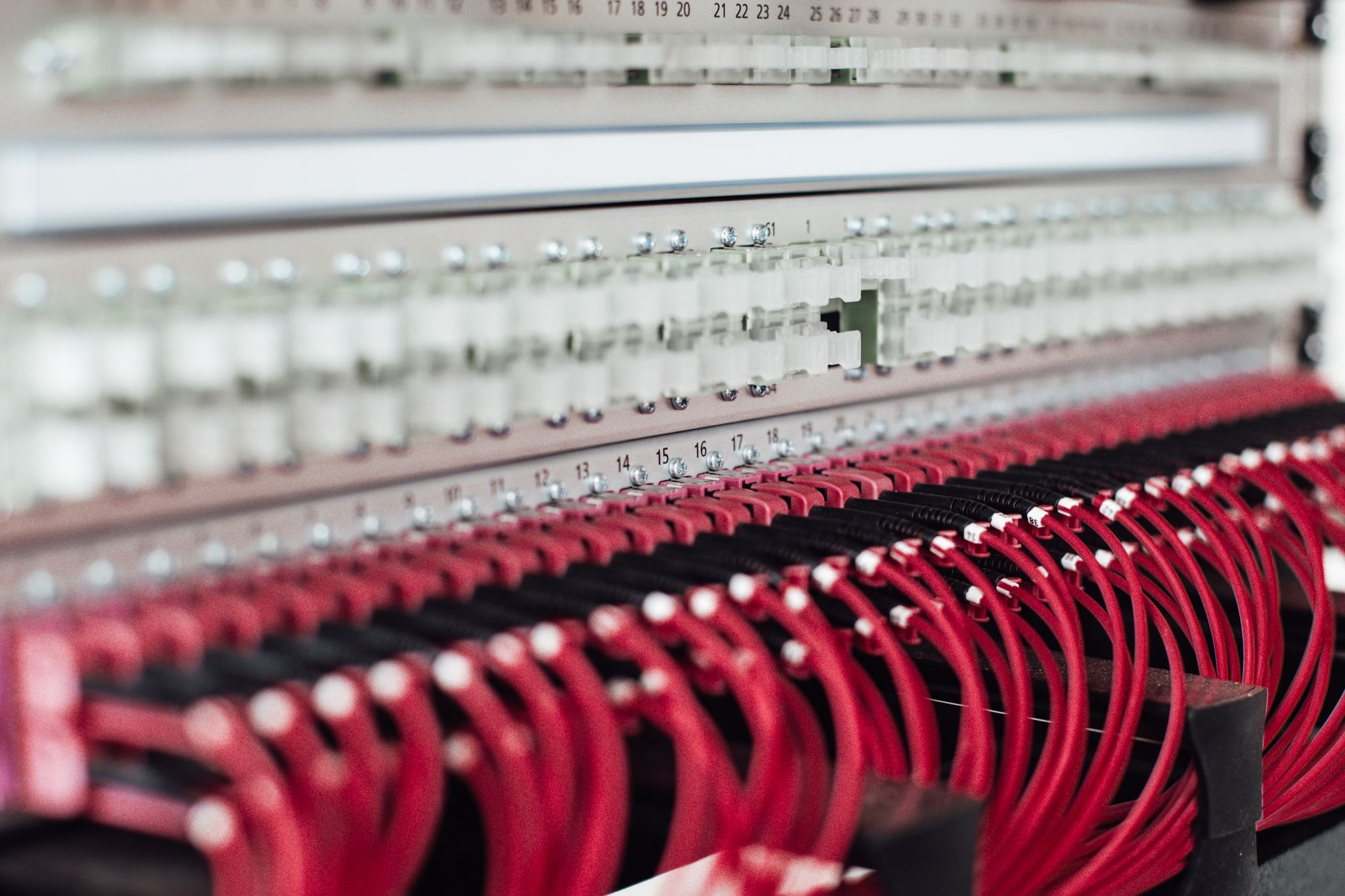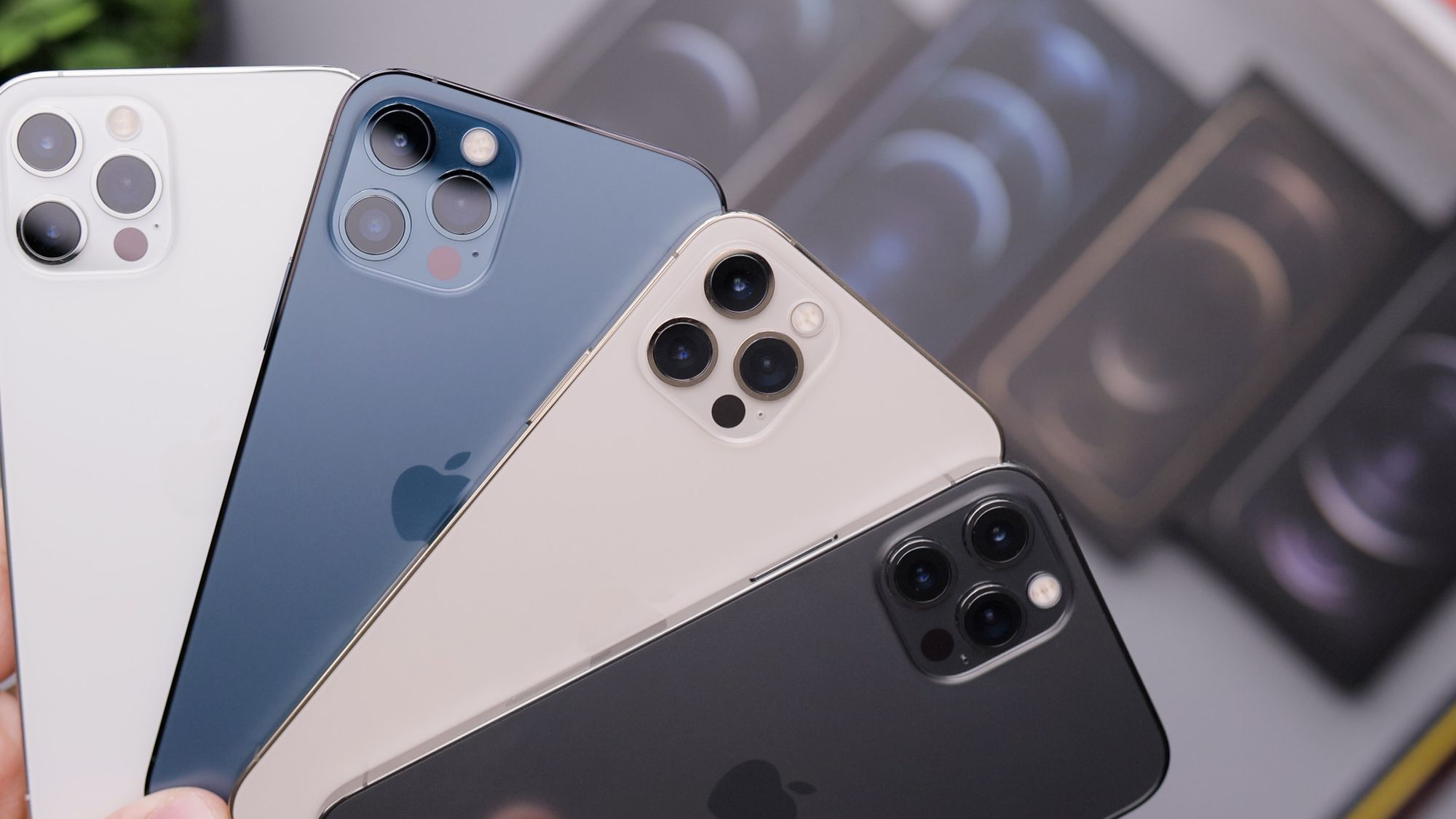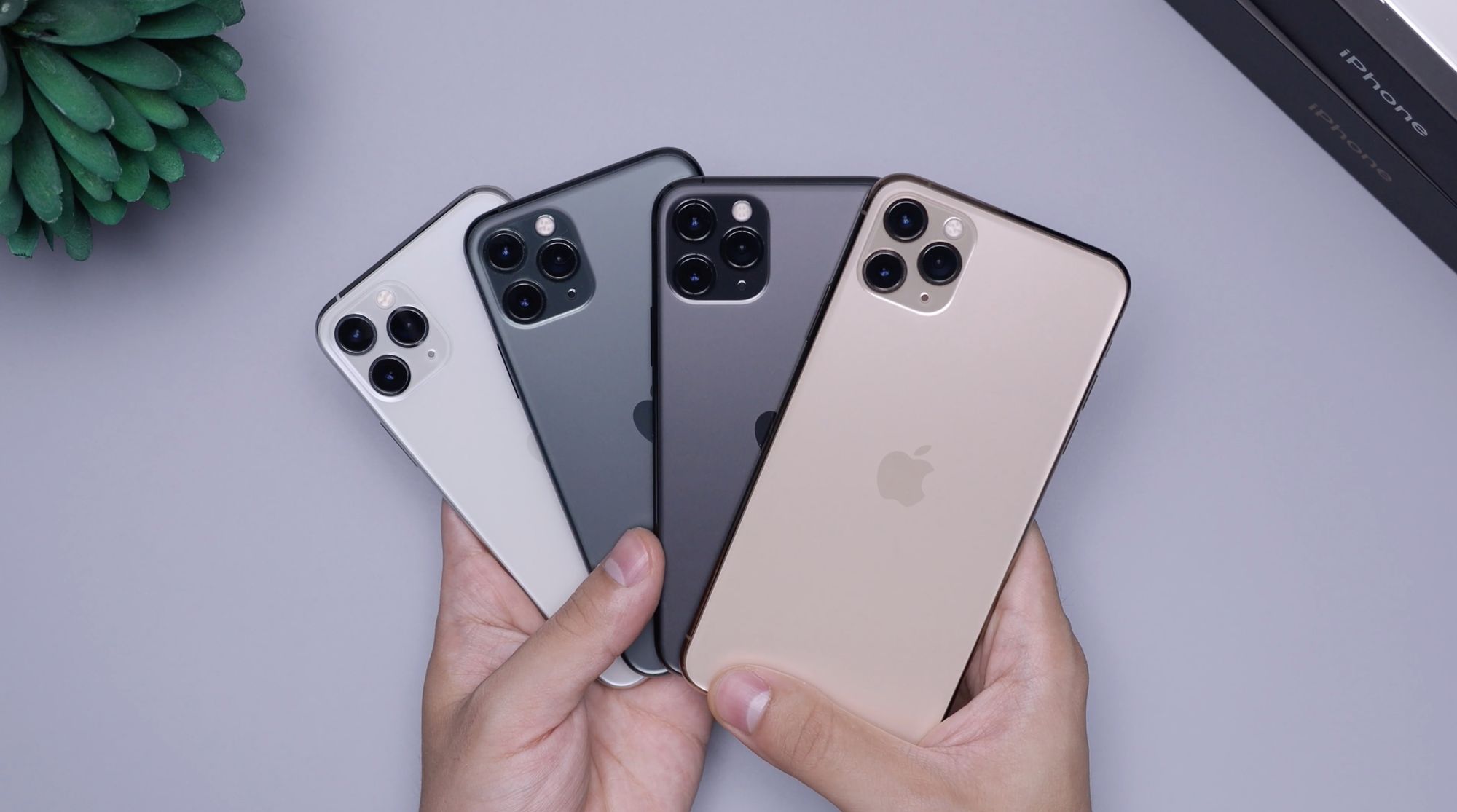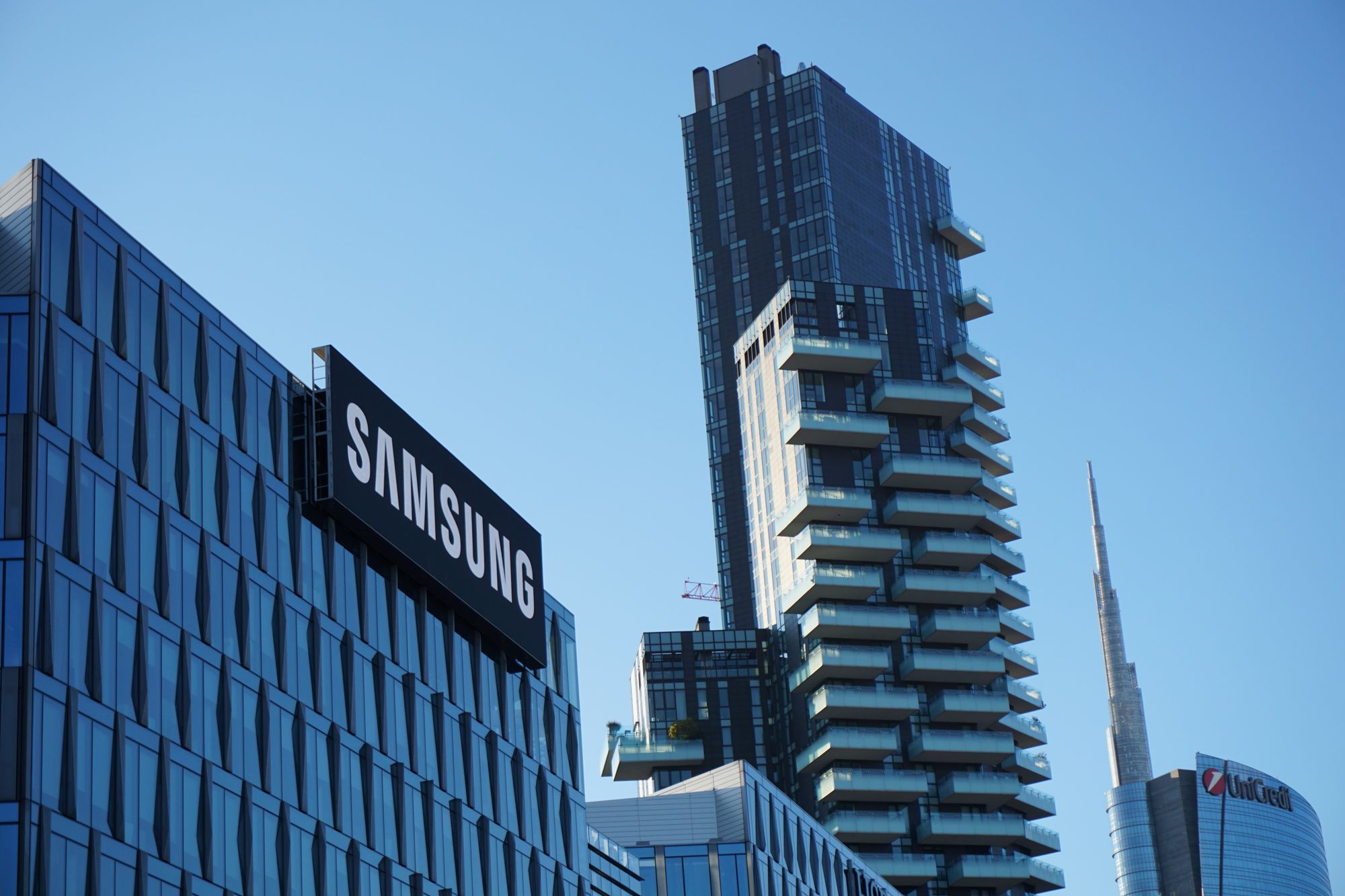Why Does Windows Consider The Hard Drive The C: Drive?
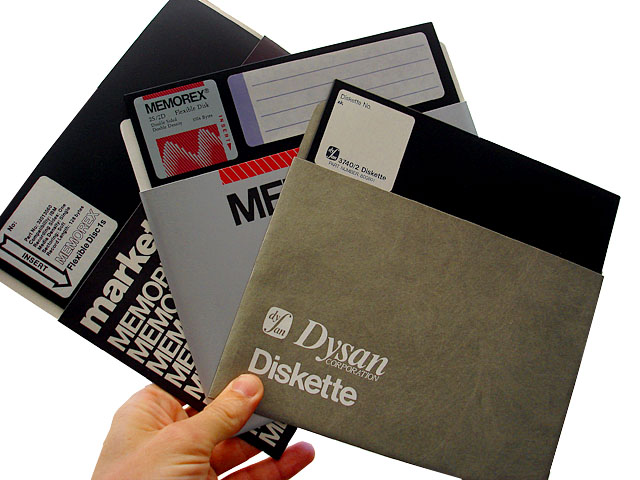
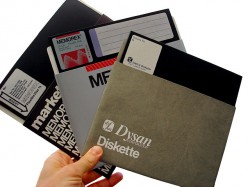 If you look at most modern Windows computer right now, most likely the hard drive starts with C:, and the CD/DVD drive is the D: drive and any other removable drive you plug-in the E: drive, or a letter after C: at least. You may wonder why Windows consider the C: drive the hard drive. There is a reason they consider it.
If you look at most modern Windows computer right now, most likely the hard drive starts with C:, and the CD/DVD drive is the D: drive and any other removable drive you plug-in the E: drive, or a letter after C: at least. You may wonder why Windows consider the C: drive the hard drive. There is a reason they consider it.
When Microsoft created Windows, most IBM and IBM compatible computers did not have a hard drive and only one floppy drive. For people to operate the computer, they have to constantly switch floppy drives to load data into the memory, save your documents, reload more data into memory, run a program, reload even more data into memory, etc. If you look at a most published program that came on floppies, they contain multiple floppy disks. At the time Windows declared the floppy drive as A:.
After a couple of years, floppy drives dropped in costs, thus many computers had two drives. One to load programs and the other to save your documents. This became more of a commonality during the transition between the 5.25″ floppy and the more known 3.5″ floppy. The floppies were a fixed system addresses and built into the hardware. Basing the information they had at that time, Microsoft built the same requirement into all Windows with the floppy drives being drive A: and B: and declare hard drives to start with C:. They thought that no one will have enough drives to fill up the entire alphabet and run out of drive letters.
Floppy drives are still seen in many moderately aged computers. It was not until the later days of Windows XP that floppy drives were a commonality in computers. Around that time, USB flash drives were starting to become affordable. Before USB flash drives, floppy drives was the easiest way to load, save, and delete files from the drive. Re-writable discs require a complete erase of the discs save data on the disk; and requires finalization of the disc, thus requiring a complete erase of the discs save data on the disc (it was not until the days of Windows Vista that users can incrementally add data to a CD or DVD disc using the UDF file system). You can still see some modern motherboards that have floppy headers to connect a floppy ribbon cable and install a floppy drive.
Another reason they still have A and B drives reserved for floppy drives is for backwards compatibility. Microsoft treats A and B differently than other forms of mass storage, even though they do the same thing.

